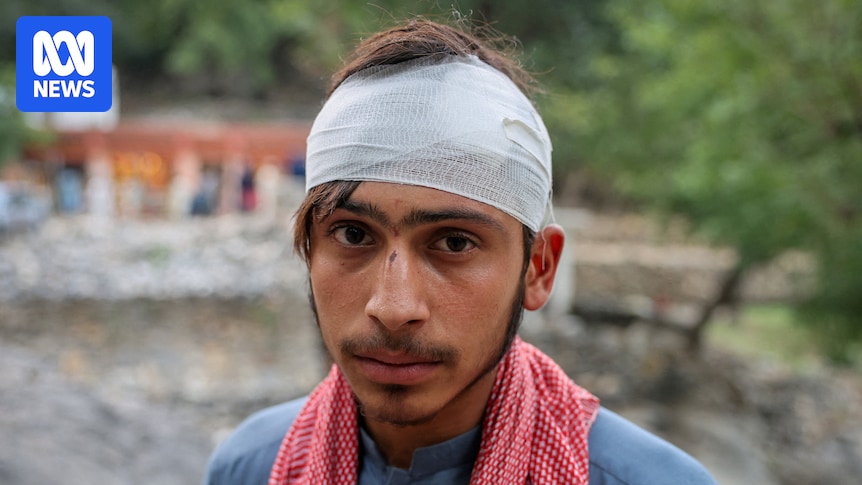
The deadliest earthquake to hit Afghanistan in recent years has claimed the lives of more than 1,400 people, according to the Taliban, with over 3,000 others injured. The disaster has left rescuers struggling to reach remote villages amidst challenging conditions.
Sunday’s magnitude-6.0 earthquake resulted in at least 1,411 fatalities and 3,124 injuries, with approximately 5,400 homes destroyed, as reported by Taliban administration spokesman Zabihullah Mujahid. This tragic toll was announced just before a magnitude-5.2 aftershock struck the same region.
The United States Geological Survey (USGS) reported that Tuesday’s quake occurred just before 6 p.m. local time, with its epicenter located 34 kilometers northeast of Jalalabad. The Afghan Red Crescent Society, a key humanitarian group operating in the region, has stated that many individuals remain trapped beneath the rubble from the initial quake.
Humanitarian Concerns and International Appeals
The United Nations has warned that the death toll is likely to rise, potentially affecting hundreds of thousands of people. Indrika Ratwatte, the UN’s resident coordinator for Afghanistan, emphasized the urgency of international support during a media briefing on Tuesday.
“We cannot afford to forget the people of Afghanistan who are facing multiple crises, multiple shocks, and the resilience of the communities has been saturated,” Ratwatte stated. “These are life and death decisions while we race against time to reach people.”
Rescue operations are concentrated in the eastern provinces of Kunar and Nangarhar, the hardest-hit areas. Ehsanullah Ehsan, the provincial head of disaster management, highlighted the focus on aiding more remote villages.
“We cannot accurately predict how many bodies might still be trapped under the rubble,” Ehsan said. “Our effort is to complete these operations as soon as possible and to begin distributing aid to the affected families.”
Challenges in Rescue and Relief Efforts
The mountainous terrain and adverse weather conditions have complicated rescue missions, particularly in areas along the Pakistani border where the quake demolished numerous mud-and-brick homes. Narrow mountain roads have further impeded vehicle access, prompting the use of machinery to clear debris.
On Tuesday, a line of ambulances navigated the damaged mountain roads to reach villages in Kunar, while helicopters delivered aid supplies and transported the injured to hospitals, as observed by a Reuters witness. Some injured individuals have been transferred to medical facilities in Kabul and Nangarhar.
Aid and International Response
The United Nations warned that thousands of children are especially vulnerable following the disaster. UNICEF has dispatched essential supplies, including medicine, clothing, tents, hygiene items, and water buckets. Local authorities report that many residents are living in the open, their homes destroyed.
Heavy rains and landslides have further hindered rescue efforts since the earthquake struck. The relief work is challenged by limited resources in Afghanistan, a nation of 42 million people, struggling with the aftermath of prolonged conflict and economic hardship.
Britain has pledged £1 million ($2.56 million) to support aid efforts by the UN and International Red Cross. Other countries, including China, the United Arab Emirates, the European Union, Pakistan, and Iran, have also promised assistance, though aid has yet to arrive. India has already delivered 1,000 tents and is sending 15 tonnes of food to Kunar, with more relief expected shortly.
Impact of Funding Cuts and Global Crises
Afghanistan’s plight has been exacerbated by funding cuts from international donors. The decision by former US President Donald Trump to reduce funding to USAID, coupled with cuts in other foreign aid programs, has significantly impacted the nation’s capacity to respond to such disasters.
Global crises and donor dissatisfaction with the Taliban’s policies, particularly regarding women’s rights and restrictions on aid workers, have contributed to these funding challenges. Diplomats and aid officials note that these factors have influenced the current aid landscape.
As Afghanistan grapples with this devastating earthquake, the international community’s response will be crucial in determining the extent of relief and recovery for the affected regions.





